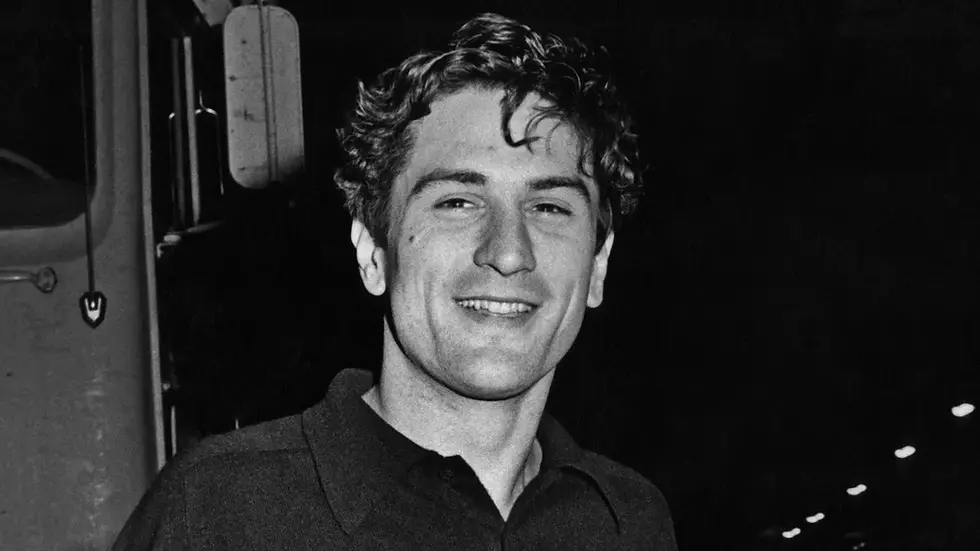Cape Fear (1991)
- Soames Inscker

- Jul 22
- 4 min read

Martin Scorsese’s 1991 remake of Cape Fear is a brooding, nightmarish psychological thriller that transforms the classic 1962 film into something more visceral, provocative, and morally complex. With powerhouse performances—especially from a terrifying Robert De Niro—and stylish, Hitchcockian direction, Scorsese reinvents the material as a gothic tale of vengeance, guilt, and family disintegration. It’s a film that simmers with menace, pushing the boundaries of suspense and morality.
Plot Summary
Cape Fear tells the story of Max Cady (Robert De Niro), a sadistic ex-con who, after serving 14 years in prison for rape, emerges with one goal: to terrorise the man he blames for his incarceration. That man is Sam Bowden (Nick Nolte), a successful attorney who once suppressed evidence that might have reduced Cady’s sentence.
What follows is a relentless campaign of psychological warfare as Cady insinuates himself into the lives of Sam, his wife Leigh (Jessica Lange), and their teenage daughter Danielle (Juliette Lewis). Using his knowledge of the law and First Amendment rights, Cady harasses the family in ways that remain technically legal—at first. But as his methods grow more violent and invasive, the Bowdens are driven to the edge of sanity and morality in a desperate effort to protect themselves.
Themes
Scorsese’s Cape Fear delves into themes of retribution, guilt, and moral compromise. While the original 1962 version portrayed Cady as a one-dimensional villain and Bowden as a righteous protagonist, Scorsese blurs the lines. Sam Bowden is not a flawless victim—his ethical lapse in hiding evidence, as well as his troubled marriage and emotional distance from his daughter, complicate the audience’s sympathies.
The film also explores the fragility of the nuclear family and how outside forces can expose and amplify existing fractures. Cady’s assault is not just physical—it’s ideological. He views himself as an avenger, exposing hypocrisy and self-deception in a supposedly civilised man.
Performances
Robert De Niro is mesmerizing as Max Cady. With his exaggerated Southern accent, scripture tattoos, and terrifying physical presence, De Niro crafts a villain who is equal parts charismatic and repulsive. His transformation—reportedly gaining muscle, having his teeth filed down, and staying in character off-screen—adds an unsettling realism. Cady is a monster, but one with intelligence, strategy, and a warped sense of justice that makes him unforgettable.
Nick Nolte plays against type as Sam Bowden, portraying a man torn between legal ideals and primal instinct. His unravelling over the course of the film is nuanced and believable. As his world collapses, so too does his moral high ground.
Jessica Lange delivers a powerful performance as Leigh, a woman caught between loyalty and fear, trying to keep her family from disintegrating. Her scenes with De Niro and Nolte alike reveal layers of hurt, resentment, and resilience.
Juliette Lewis, in one of her earliest major roles, is astonishing as Danielle. Her infamous scene with De Niro in the school auditorium—a twisted blend of seduction, confusion, and manipulation—is among the most disturbing and skillfully acted moments in the film. Lewis earned an Academy Award nomination for Best Supporting Actress for her performance.
Direction and Style

Scorsese directs Cape Fear with an operatic intensity. The film is drenched in stylised lighting, thunderstorm soundscapes, and overt homages to Hitchcock—right down to the use of Bernard Herrmann’s original score (rearranged by Elmer Bernstein). Dutch angles, looming shadows, and expressionistic visuals heighten the sense of dread and claustrophobia.
Scorsese doesn’t hold back on violence or sexuality, pushing the film into more uncomfortable territory than its predecessor. His direction is both intimate and grandiose, portraying psychological tension with the intensity of a horror film.
Cinematography and Score
Cinematographer Freddie Francis (a veteran of Hammer horror films) bathes the film in stark, often lurid visuals. The use of colour—especially reds and yellows—evokes both heat and blood, underscoring the film’s feverish mood. The climactic showdown on the houseboat during a hurricane is visually overwhelming and expertly executed, a crescendo of chaos and fear.
Bernard Herrmann’s iconic score—used in the original 1962 film—is resurrected with power and precision. The booming orchestral swells and shrieking motifs make Cady’s presence all the more ominous.
Legacy and Reception
While Cape Fear divided some critics upon release due to its intensity and thematic ambiguity, it has since gained a strong reputation as a daring remake that stands on its own.
The film was nominated for two Academy Awards—Best Actor (De Niro) and Best Supporting Actress (Lewis). Many praise it for its bold direction and unflinching portrayal of violence, though it’s not for the faint-hearted.
Some have criticised it for tipping into excess, with moments that border on melodrama or horror pastiche. But this excess is deliberate—Scorsese leans into genre to explore deeper moral and emotional truths.
Conclusion
Cape Fear (1991) is a gripping, nightmarish thriller that showcases Martin Scorsese at his most operatic and visceral. With unforgettable performances—especially from a demonic Robert De Niro—it explores the fine line between law and vengeance, justice and corruption, safety and illusion. More than a remake, it is a reinvention—turning a straightforward thriller into a psychological and moral labyrinth.
Rating:
A searing and stylish thriller—Cape Fear is not just a suspense film, but a disturbing portrait of guilt, rage, and the darkness that lies beneath respectability.





